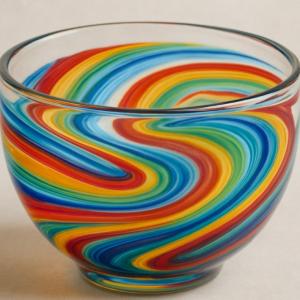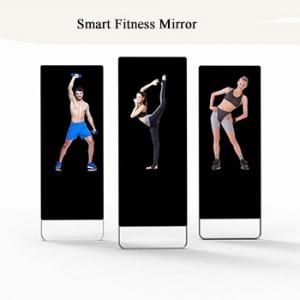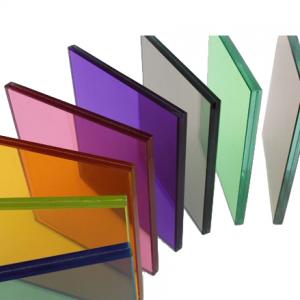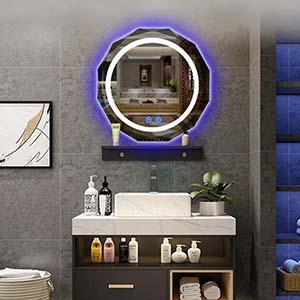Mirror Edges Handled Poorly Can Hurt? Polishing Standards to Reference When Buying
Mirror Edges Handled Poorly Can Hurt? Polishing Standards to Reference When Buying
Imagine this: A hotel housekeeper is cleaning a bathroom mirror, her sleeve brushing against the edge. Suddenly, she winces—blood soaks through the fabric. The mirror’s edge, 看似光滑 (seemingly smooth), has a tiny, sharp burr that sliced her skin. The hotel faces a workers’ comp claim, a reputation hit, and a frantic search to replace all mirrors in the chain.
If you source mirrors for commercial or residential projects, this scenario isn’t just a worst-case scenario—it’s a risk you can’t ignore. Mirror edges might seem like a small detail, but shoddy polishing turns them into hidden hazards. Sharp edges, rough burrs, or uneven finishes don’t just hurt people; they make your products look cheap, damage client trust, and lead to costly returns.
After two decades in the glass industry, we’ve fielded too many calls from clients dealing with this exact issue. A furniture retailer once had to recall 500 vanity mirrors because the edges were “polished” but still sharp enough to catch clothing. A gym chain replaced 200 wall mirrors after members complained of cuts during workouts. The problem? They didn’t know what to check for when buying. Let’s fix that.
Why mirror edge polishing Matters More Than You Think
A mirror’s edge is its most vulnerable part. During cutting, glass edges get micro-fractures and tiny shards—“burrs”—that are invisible to the naked eye but sharp enough to slice skin, fabric, or even cause mirrors to chip over time. Polishing isn’t just about making edges look smooth; it’s about removing these hazards and ensuring the glass is structurally sound.
For exporters, this is non-negotiable. International clients (especially in Europe, North America, and Australia) have strict safety standards for consumer and commercial products. A mirror with poor edge finishing can fail inspections, get stuck in customs, or—worse—lead to liability if someone gets hurt.
But even beyond compliance, there’s the trust factor. A client who runs their finger along a mirror edge and feels a rough spot will question your product quality. Why? Because if you cut corners on edges, what else did you skimp on?
3 Common Mirror Edge Mistakes That Cause Injuries
Not all “polished” edges are created equal. Here are the red flags we see most often—ones that slip past untrained buyers but lead to problems later:
- Sharp “micro-burrs”: These are tiny, hair-like shards left after cutting. They’re hard to see, but run a dry cotton ball along the edge—if it snags or tears, the burrs are there. We’ve seen these slice through bath towels, children’s clothing, and even installer gloves.
- Uneven polishing: One part of the edge is smooth, another is rough. This often happens when machines are poorly calibrated, leaving “high spots” that catch on skin or materials.
- Under-polished corners: Corners are tricky to polish, so suppliers sometimes rush them. A 90° corner that’s not rounded or smoothed can feel like a blade—especially dangerous in kids’ rooms or gyms.
Polishing Standards to Demand When Buying Mirrors
Not sure what “good” edge finishing looks like? Use these specific standards to check suppliers. They’re based on industry best practices and the feedback we’ve gathered from clients who’ve learned the hard way.
1. Know the Polishing Type (and Which One You Need)
Mirrors use three main edge-polishing techniques—each with a purpose. Match the type to your project to avoid overpaying or getting a subpar finish:
- Flat polish (FF): The edge is ground flat and smooth, with no rounding. Best for mirrors in frames (where edges are hidden), but even then, the flat surface must feel completely smooth—no grit or burrs.
- Round polish (RP): The edge is rounded to a 2–3mm radius (about the thickness of a coin). Ideal for unframed mirrors in high-traffic areas (bathrooms, gyms) because the rounded edge reduces injury risk.
- Beveled polish (BV): The edge is cut at a 45° angle and polished, creating a sleek, decorative look. Common in luxury mirrors, but the bevel’s tip must still be smooth—no sharp points.
Pro tip: For commercial projects, always ask for round polish on unframed mirrors. We once supplied a restaurant chain that insisted on flat polish for cost savings—they switched to round polish after three staff cuts in a month.
2. Check the “Smoothness Test”
You don’t need fancy tools to spot bad polishing. Do this:
- Run your dry finger along the entire edge (slowly—be careful). It should feel uniformly smooth, like polished stone. No grit, no “catch,” no sharp spots.
- Rub a piece of thin fabric (like silk or a cotton T-shirt) along the edge. If it snags, the edge isn’t polished properly.
- Hold the edge up to light. A well-polished edge reflects light evenly; rough spots will look dull or uneven.
3. Demand Specific Radius for Rounded Edges
For round polish (the safest option), the radius (curvature) matters. Too small, and the edge is still sharp; too large, and it looks bulky.
- Residential use: 2mm radius (small but safe for home bathrooms).
- Commercial/high-traffic: 3mm radius (more rounded, better for busy spaces like hotels or gyms).
Ask suppliers to confirm the radius in writing. A reputable one will have a caliper (a measuring tool) to prove it—we measure every batch three times before shipping.
4. Inspect Corners (The Most Overlooked Spot)
Corners are where most injuries happen. Even if the edges are polished, sharp corners undo all that work.
- For square or rectangular mirrors: Corners should be rounded to a 3–5mm radius (about the size of a pencil eraser). Run your finger over the corner—it should feel like a smooth curve, not a point.
- For custom shapes (ovals, hexagons): Any “pointed” corner (like the tip of a hexagon) must be blunted or rounded. No exceptions.
What to Ask Suppliers to Avoid Bad Edges
Don’t wait until the shipment arrives to check. Vet suppliers with these questions first:
- “Do you use automated polishing machines, or is it done by hand?” Automated machines (calibrated regularly) produce more consistent results than hand polishing, which varies by worker.
- “Can you send a sample of the edge finish before I place a bulk order?” A $10 sample fee is worth it to avoid a $10,000 mistake.
- “What’s your quality check process for edges?” They should mention specific steps—like inspecting every mirror with a caliper, doing the fabric test, or checking under light.
 English
English Russian
Russian




